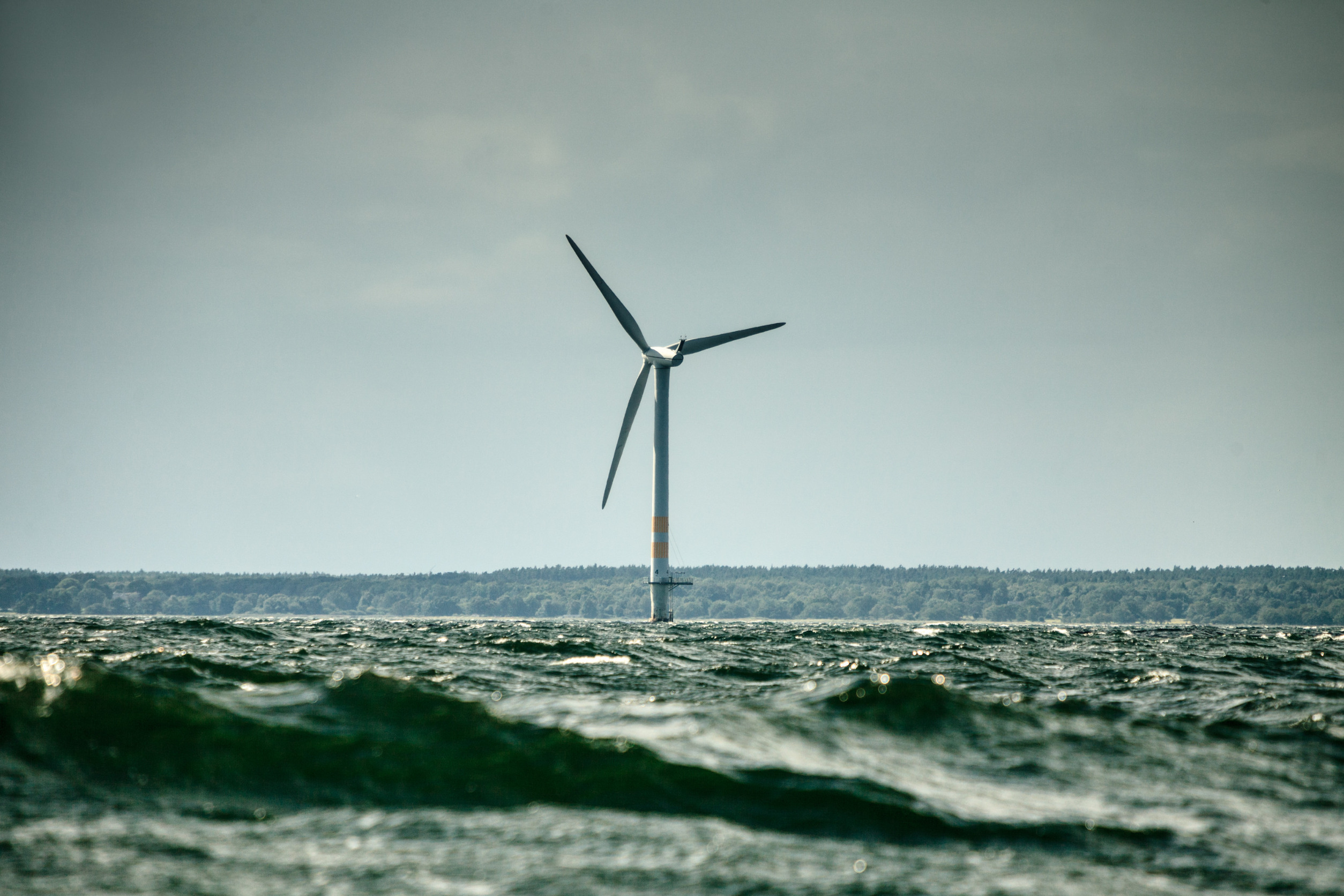Maryland Offshore Wind DEIS comments
From Craig Rucker, President
CFACT
The Draft Environmental Impact Statement (DEIS) Executive Summary makes it clear it is intended to be the principal EIS for the Letter of Authorization (LOA) issued by the National Marine Fisheries Service (NMFS) under the Marine Mammal Protection Act (MMPA). The central purpose of the LOA is to authorize the incidental harassment of marine mammals that will be adversely impacted by project noise.
That there will be such a LOA is certain because US Wind applied for one six months ago. That this application is not mentioned in the DEIS is a major omission. The application proposes the harassment of over 6,000 marine mammals, listed by species. A significant number of these harassments are of endangered species, including the extremely endangered North Atlantic Right Whale.
This multitude of harassments is arguably the greatest environmental impact that will be manifested by the Maryland Wind project. These harassments should be a central focus of the DEIS, but amazingly, they are never mentioned. In fact, the word “harassment” never even occurs substantively, as it is only found three times in a “definition” section. Thus, there is no assessment of harassment or its impacts — an incredible omission.
If the projected harassments are never discussed and weighed, then this DEIS cannot be the EIS for the LOA. If this is to be the LOA EIS, then it will have to be extensively reworked and expanded. This cannot be done until the LOA is issued, at which time the actual authorized harassment numbers will be available for assessment. Even if this is not the LOA EIS, the projected numerous harassments must be analyzed and their impact assessed to comply with the National Environmental Policy Act (NEPA). Here, several issues arise, which are presented briefly below.
Harassment is itself an adverse impact. This is because harassment can easily lead to far worse impacts, up to and including the death of the animal. The Bureau of Ocean Energy Management (BOEM) seems to concur, explaining in the following statement that harassment can cause harm. It refers to “pile driving” in particular, but the argument it contains holds for all harassments.
“It is possible that pile driving could displace animals into areas with lower habitat quality or higher risk of vessel collision or fisheries interaction. Multiple construction activities within the same calendar year could potentially affect migration, foraging, calving, and individual fitness. The magnitude of impacts would depend upon the locations, duration, and timing of concurrent construction. Such impacts could be long term, of high intensity, and of high exposure level. Generally, the more frequently an individual’s normal behaviors are disrupted or the longer the duration of the disruption, the greater the potential for biologically significant consequences to individual fitness. The potential for biologically significant effects is expected to increase with the number of pile-driving events to which an individual is exposed.”
Empire Wind DEIS v.1, Page 3.15-14, PDF page 372
We maintain the Maryland Wind DEIS is inadequate and needs to be revised for the following reasons:
1. The Maryland Wind DEIS does not analyze and assess harassment-induced impacts, and this is a major omission.
The DEIS projects there will be a likely increase in boat and ship accident frequency as a consequence of the project, finding it roughly doubles. (See Table 3.6.6-5 and related text.) A similar analysis must be made to assess similar adverse impacts, such as increased ship strikes on whales. Harassing whales into heavy-traffic ship lanes is a likely feature of the Maryland Wind project. And since ship strikes are a major cause of whale mortality and smaller marine mammals, then each of the impacts described in the Empire Wind quote above needs to be carefully assessed, species by species.
2. With pile driving, there is a major omission in the DEIS: alternative energy sources.
The alternative of nuclear power or even floating wind instead of using monopile foundations is not considered. Given that pile driving is projected to be the leading cause of harassment, other forms of energy alternatives might offer better mitigation and should be considered. Moreover, BOEM just let five leases off California specifically for floating wind, demonstrating the technology is feasible. Dominion Energy’s latest Integrated Resource Plan includes adding a number of modular nuclear reactors so that technology is also feasible. The present DEIS only includes a “no action” alternative, so it mistakenly omits other viable alternatives.
3. There is also a major unresolved issue with sonar harassment, the actual noise level.
Recent measurements by the Save Right Whales Coalition (SRWC) discovered that sonar survey sound levels were markedly higher than those being used to estimate harassment numbers. They were so much higher that a revised harassment projection might include five times as many harassments for sonar work. SRWC notified National Oceanic and Atmospheric Administration (NOAA) Administrator Dr. Richard Spinrad of these troublesome findings on September 8, 2023, well before the release of this DEIS. That notification and related materials are at https://saverightwhales.org/. This issue must be resolved for the sonar used at Maryland Wind, so that the correct harassment numbers are used for impact assessment.
4. A huge omission is the lack of assessment of harassment from operational noise.
Neither the NMFS LOA application nor this DEIS addresses this issue. They seem to assume that operational noise is harmless. However, Dr. Bob Stern, the former director of the Office of Environmental Compliance at the U.S. Department of Energy, presented a paper at the 2022 meeting of the North Atlantic Right Whale Consortium to the effect that large-scale operational noise was likely to create widespread harassment. The scale in question is that planned for Maryland Wind. This operational noise issue needs to be investigated and resolved in a revised DEIS.
5. The major issue of cumulative impact is not addressed.
This project is just one of many presently proposed to be built and operated simultaneously. The cumulative harassment impacts could be very large and must be assessed under NEPA for the Maryland Wind project. NMFS has deemed that harassment authorizations are limited to 30% of the stock population. At present, the simultaneous cumulative harassment requests exceed several hundred percent of the severely endangered North Atlantic Right Whale population. Such an impact needs to be cut back to 30% or less.
6. Life cycle harassment impact is a major omission.
The LOA is only for five years, while this EIS covers the impacts over the entire project life cycle. Thus, a separate harassment impact estimate, by species, will be needed for that longer period, especially given the harassment potential of operational noise.

